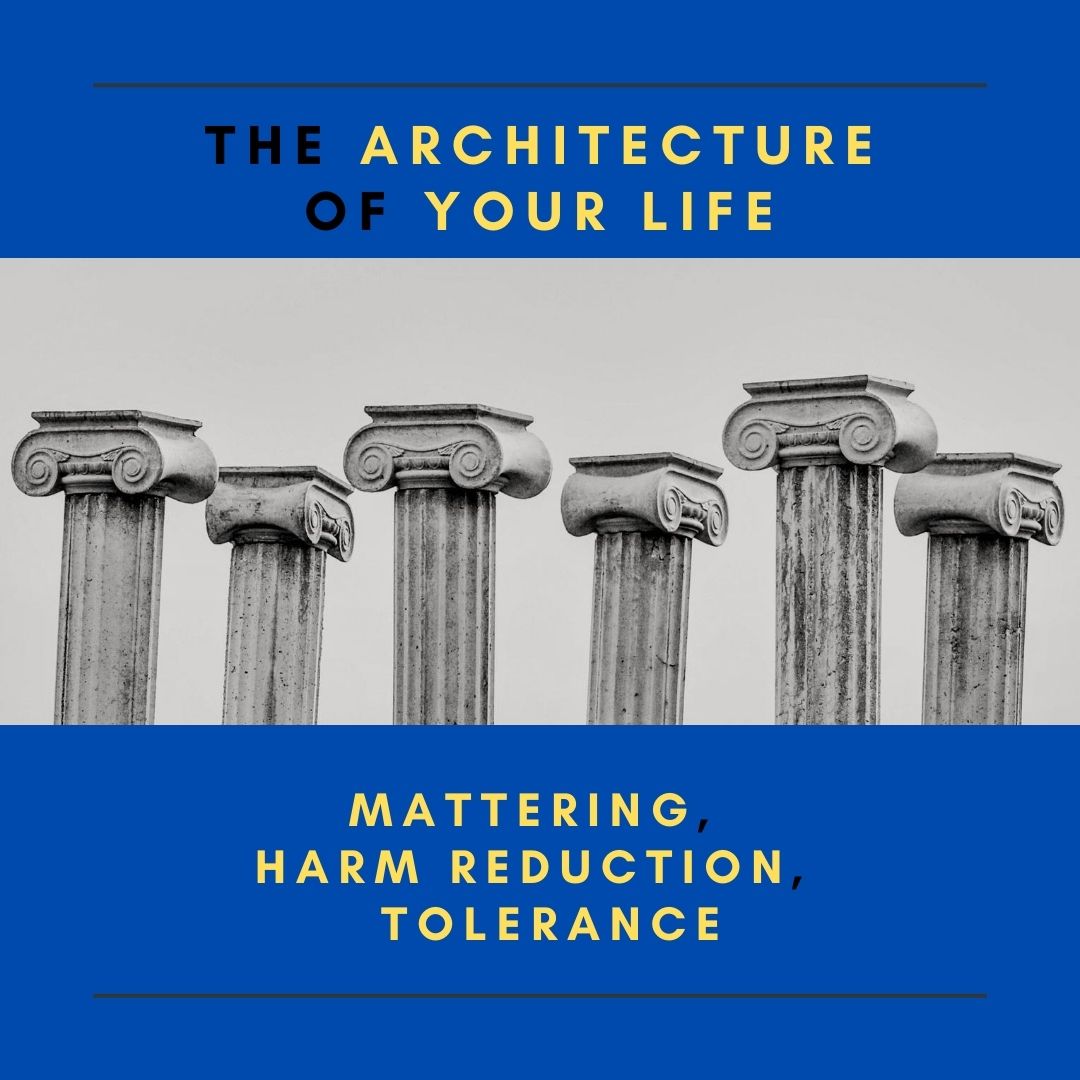A common theme among my coaching clients is the topic of mattering.
People more than ever are feeling stuck and directionless.
They feel that their work has either partially or completely lost purpose.
On the positive side, everyone can remember days when they were ignited with passion, curiosity, and inspiration to innovate. To create meaningful work with a vision, a purpose, resulting in work that matters….making a difference in other people’s lives.
At the core of mattering are a number of existential questions.
What is the 1THING that matters most to me?
What is in the way?
How do I get unstuck?
The answer to these questions allow a vision and then a strategy to emerge to architect, and repurpose one’s life so there is daily meaning.
In the context of the pandemic, which is a chronic distractor and disrupter, we are vulnerable to harm. Harm creates fear, and fear creates nervous system and subsequently emotional system dsyregulation.
- We worry.
- We sleep poorly.
- We eat in unhealthy ways.
- We struggle to concentrate.
These experiences can be managed with an approach called Harm Reduction vs. Harm Elimination.
Harm reduction is a treatment model in psychological addiction literature. Simplified, it’s a method to reduce using harmful substances vs. complete abstinence.
In a dynamic ever-present pandemic it is not a realistic expectation to have a zero-sum remission of harm. Instead, we need to develop our #tolerance muscle.
Tolerance is a mindset that can be developed with specific, proven behavioral changes.
At the core of building tolerance, we extend the concept to think about the ability to extend our tolerance for discomfort. How does one do that?
There’s no one way. Rather, a portfolio of methods to train the brain and the body with positive psychology habits, is the best way to develop tolerance, to facilitate harm reduction, and repurpose our lives around “what matters” instead of living in a vicious cycle of unpredictability.
Here’s 3 simple steps to build tolerance.
- Exercise daily, and push yourself for 5 minutes into a zone of discomfort to build your muscle memory and mental memory that you can experience and tolerate discomfort. Afterwards, filled with dopamine, you feel optimistic, strong, and can bathe in a sensation of well-being.
2) Stop avoiding conflict. Notice conflict. We do this by paying attention and noticing when our body and mind withdraws from purposeful activity. We respond by pausing, breathing, and ultimately noticing we are not the conflict. When we rest (breathe, listen to sound, meditate, yoga) we are in the present moment and can make the distinction that the present moment of well-being and relaxation stands apart from any conflict we encounter.
3) Create a daily practice with these steps. Mix them up, try new exercises, test new mindfulness and breathing experiments. There’s 1,000’s of free instruction on apps like Insight Timer, and of course YouTube. Learn them, and then do them independently. Do them with a friend or family.
